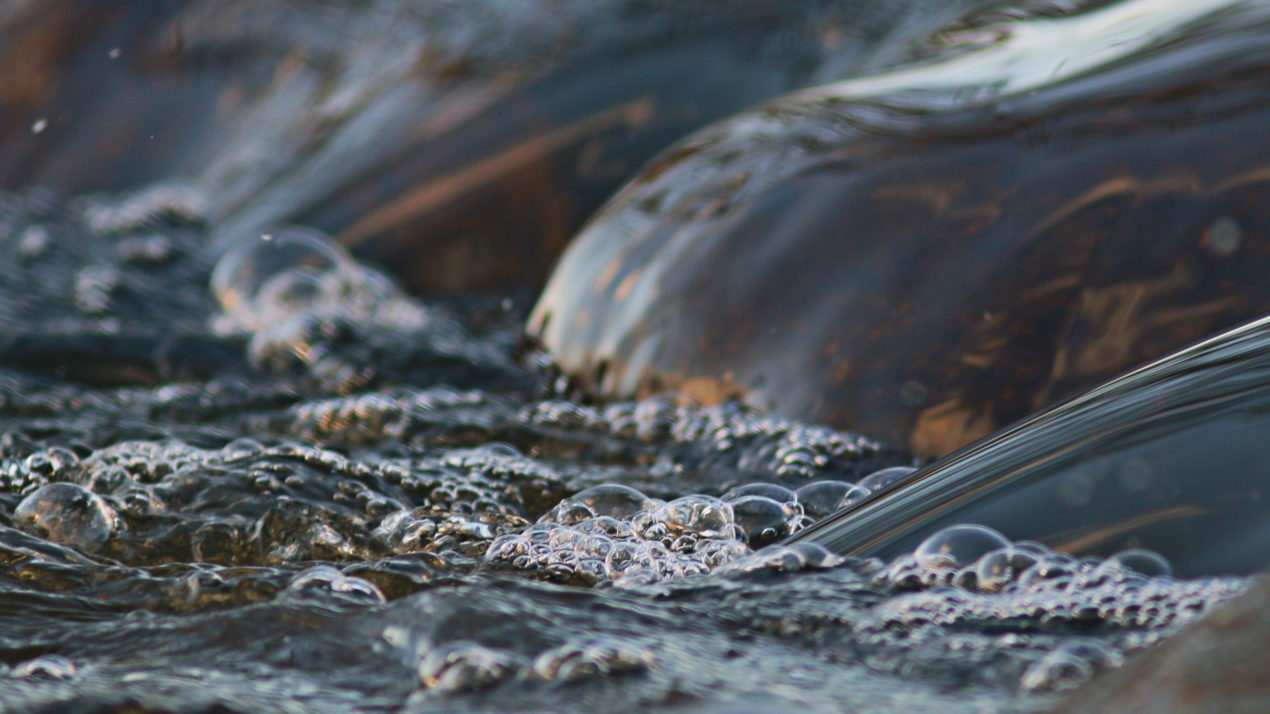
When the Little Plover River Watershed Enhancement Project Team convened, in February 2017, to discuss ways to meet its goals, the Village of Plover saw great potential.
“Our progress has far exceeded village expectations,” says Dan Mahoney, Village of Plover administrator. “We are fortunate to be working with many great collaborators from our community and beyond to restore the health of local waters.”
The Little Plover River Watershed Enhancement Project (LPRWEP) is a multi-party collaboration convened by the Village of Plover and the Wisconsin Potato & Vegetable Growers Association (WPVGA) to improve the health of the Little Plover River and the quality of life of the surrounding community.
The Wisconsin Wetlands Association, Wisconsin Wildlife Federation, Portage County Land Conservation Department and Wisconsin Department of Natural Resources (DNR) make up the core team of project advisors.
Tracy Hames, executive director of the Wisconsin Wetlands Association, recently gave a tour of the upper section of the Little Plover River to parties interested in the progress of the LPRWEP.
Since the project started, the Little Plover River has been flowing above the minimum 4cfs (cubic feet per second) rate set by the DNR as the public rights stage.
“You can have a healthy river in an agriculture landscape,” Hames stressed. “In order to do that, we have to bring back a semblance of how it looked and acted historically, but in a modern landscape.”
To accomplish that goal, the Project Team has been thinning out forest through pine and oak management, cutting trees that are not part of the historic landscape; filling in a large agricultural drainage ditch at the head of the river; dealing with the river form through channel improvement; decommissioning a high-capacity well; and working on prairie and wetland restoration.
The team physically narrowed the channel itself, and upon doing so, the river immediately started to become deeper by 1.5 to 2 feet. The river bottom has been changed, too, from sand to gravel.
The U.S. Fish and Wildlife Service (USFWS) and the Village of Plover signed an agreement whereby USFWS created wetland on a portion of the Little Plover River Conservancy Area and provided upland prairie planting seed for the conservancy area and nearby property.
“The primary goal is to protect the Little Plover River watershed and its associated streams, lakes and wetlands,” WPVGA Executive Director Tamas Houlihan remarks, “while promoting a sustainable agricultural industry. We also plan to improve and expand wildlife habitat in the watershed for ecological benefits and increased public opportunity for outdoor recreation.”
There is great need to solve water resource issues in the Wisconsin Central Sands area, and the LPRWEP is leading the way in that effort.

